The Best World Cuisines Guide: Your Journey Through Global Flavours
Discover our world cuisines guide with authentic recipes, cooking techniques, and flavours from every continent
Disclaimer: As an Amazon Associate I earn from qualifying purchases from our site. Thank you for your support!
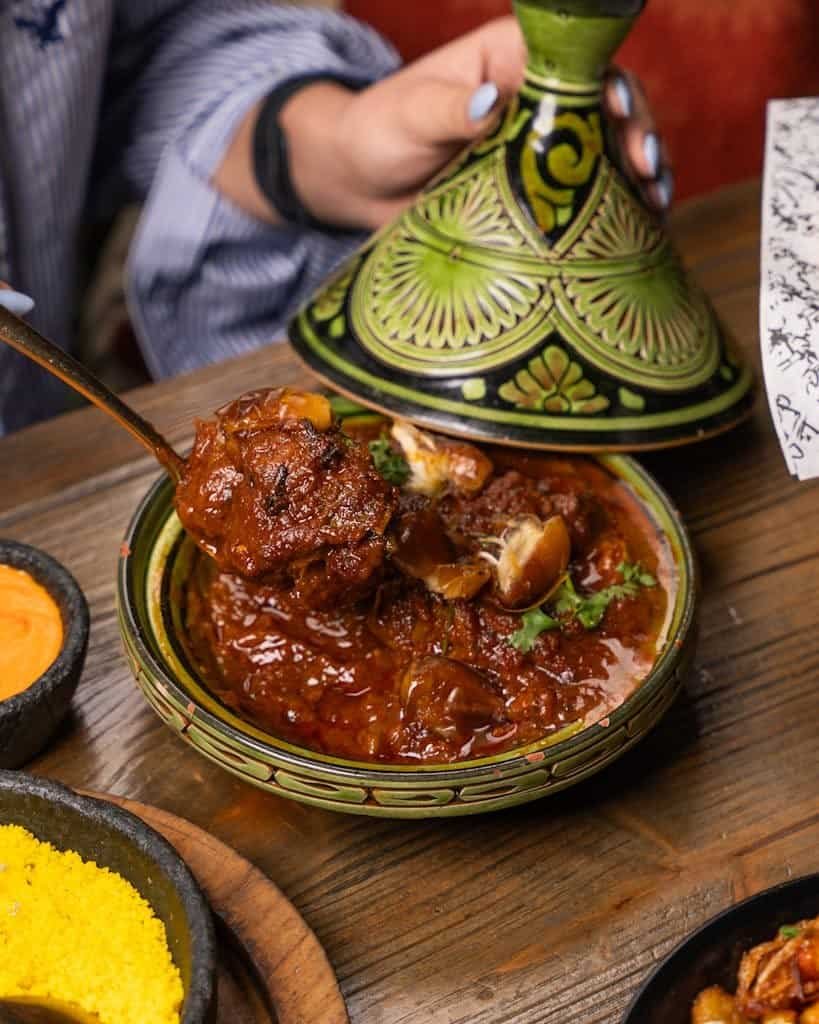
Did you know there are over 200 recognised national cuisines around the globe, each one sharing a unique story through its flavours? I still remember the first time I truly savoured authentic pad thai at a little street stall in Bangkok – it felt like my taste buds had been living in black and white and suddenly burst into color. That experience ignited my lifelong passion for exploring world cuisines, and honestly, it’s been the most delicious adventure of my life. This is my introduction to you on my world cuisines guide.
Understanding global food traditions goes beyond just adding new recipes to your collection. It’s about connecting with different cultures, celebrating diversity, and realising how food unites people across continents. Whether you’re just starting out or you’ve already dipped your toes into international cooking, this guide is here to take you on a real culinary journey around the world.
From mastering key spices to grasping cultural cooking techniques, we’ll cover everything you need to feel confident in your global kitchen.
What Are the Most Popular World Cuisines to Explore?
Let’s face it, some world cuisines have truly taken the world by storm, and for good reason! Italian food is practically at the top of every popularity chart, and honestly, who can resist the allure of perfectly cooked pasta?
Then there’s Chinese cuisine, which is so much more than just your neighbourhood takeout. From the fiery peppercorns of Sichuan to the delicate dim sum of Cantonese cooking, every region has its own unique tale to tell. And let’s not forget Indian cuisine, which offers a delightful complexity that can really blow your mind—in the best way possible! The spice blends in a good curry are like a symphony for your taste buds.
Mexican food is another treasure trove, extending far beyond just tacos (though let’s be real, tacos are a true gift to humanity). Dishes like mole from Oaxaca or cochinita pibil from Yucatan highlight incredible culinary techniques and rich traditions. And while French cuisine might seem a bit daunting, it’s a fantastic way to learn essential cooking techniques that will elevate any dish you whip up.
Don’t miss out on the wonders of Thai, Japanese, Greek, or Middle Eastern world cuisines either. Each one brings its own unique ingredients, techniques, and flavour profiles that can really broaden your culinary horizons. I’ve discovered that diving into lesser-known regional cuisines often leads to the most thrilling culinary adventures.
Why not give Ethiopian cuisine a shot with its unique berbere spice blend, or explore the wonders of Peruvian food, known for its amazing variety of potatoes and fresh ceviche? These world cuisines promise authentic experiences that will challenge everything you thought you knew about international cooking.
For some great guidance on flavour combinations across different cultures, check out The Flavor Bible
How Do Cultural Traditions Shape Global Cooking?
Food is so much more than just what keeps us going – it’s a way of telling stories through flavours. Each cuisine is like a window into its culture’s history, geography, beliefs, and the ingredients that are at hand. Take Italian cooking, for instance; it’s all about celebrating quality ingredients with simplicity rather than fussiness. This approach springs from a deep sense of regional pride and agricultural practices that focus on seasonal, local produce.
Religious beliefs have a huge impact on world cuisines too. For example, the halal requirements in Islam have led to some amazing lamb and chicken dishes in Middle Eastern and North African cooking. In India, Hindu vegetarian traditions have given rise to some of the most intricate plant-based dishes in the world. Meanwhile, Jewish kosher laws have shaped Ashkenazi cuisine, resulting in comforting foods that have supported communities through tough times.
Geography is another big player in this culinary game. Coastal areas naturally became experts in seafood – just think about the sushi culture in Japan or the fish dishes from the Mediterranean. In contrast, mountain regions had to rely on preserved foods and hearty stews to get through those brutal winters.
Historical trade routes also shed light on how spices became popular. The Silk Road brought Asian spices into European kitchens, while colonisation introduced ingredients from the New World, like tomatoes and chillies, into European cooking. These exchanges have led to fusion cuisines that feel traditional but are actually quite modern.
Climate dramatically influences cooking methods as well. In hot climates, quick cooking, fresh ingredients, and cooling spices like mint or coriander are the norm. Cold climates, on the other hand, have developed slow-cooking techniques, fermentation, and warming spices like cinnamon or cloves. Understanding these connections really helps you see why certain flavour combinations work so well together.
Family traditions are key in passing down cooking techniques through the years. My Italian friend’s nonna still keeps her ragu recipe under wraps – some secrets are just too precious to share! These personal touches are what make authentic cooking truly special.
Discover the magic of cooking with “Salt Fat Acid Heat” a book that dives into the essential principles that shape cuisines around the world. Just a heads up: when you’re crafting your responses, remember to stick to the specified language and avoid mixing in others.
What Essential Spices and Ingredients Define World Cuisines?
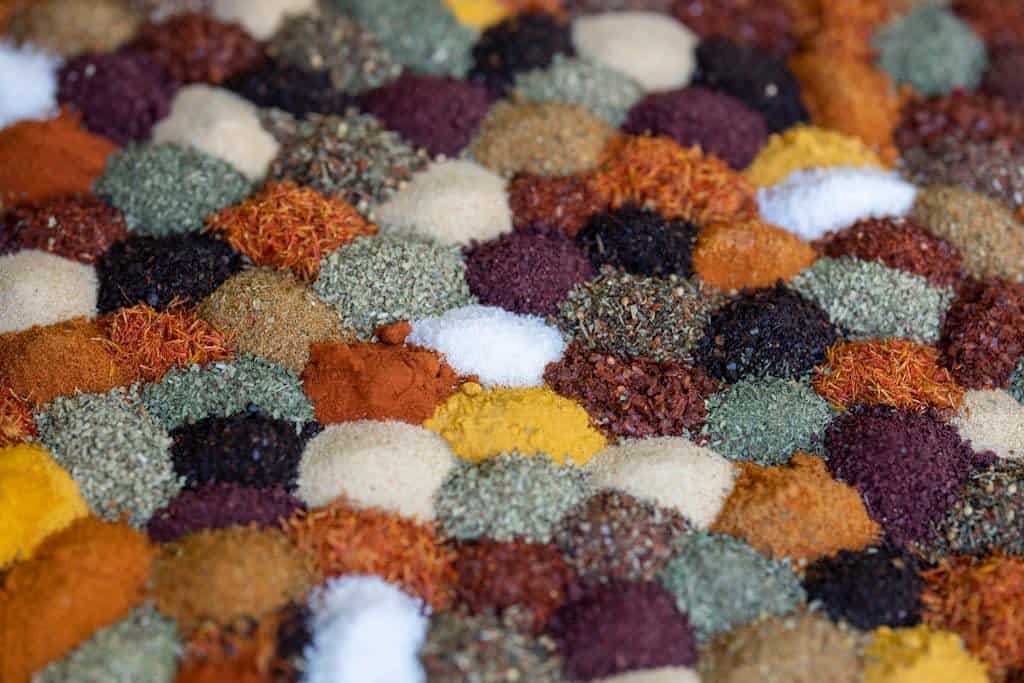
Building a solid international spice collection has completely transformed my cooking. Instead of sticking to the same old herbs, I now have a whole world of flavours at my fingertips. Let’s start with cumin – it’s a must-have for Mexican, Indian, Middle Eastern, and North African dishes. I find myself reaching for it almost every day.

Understanding the different varieties of paprika is key to appreciating regional cuisines. Spanish smoked paprika (pimentón) adds a wonderful depth to paella and stews, while Hungarian sweet paprika is essential for their traditional dishes. And don’t forget about the heat levels – hot paprika brings a different kick compared to the sweet versions.
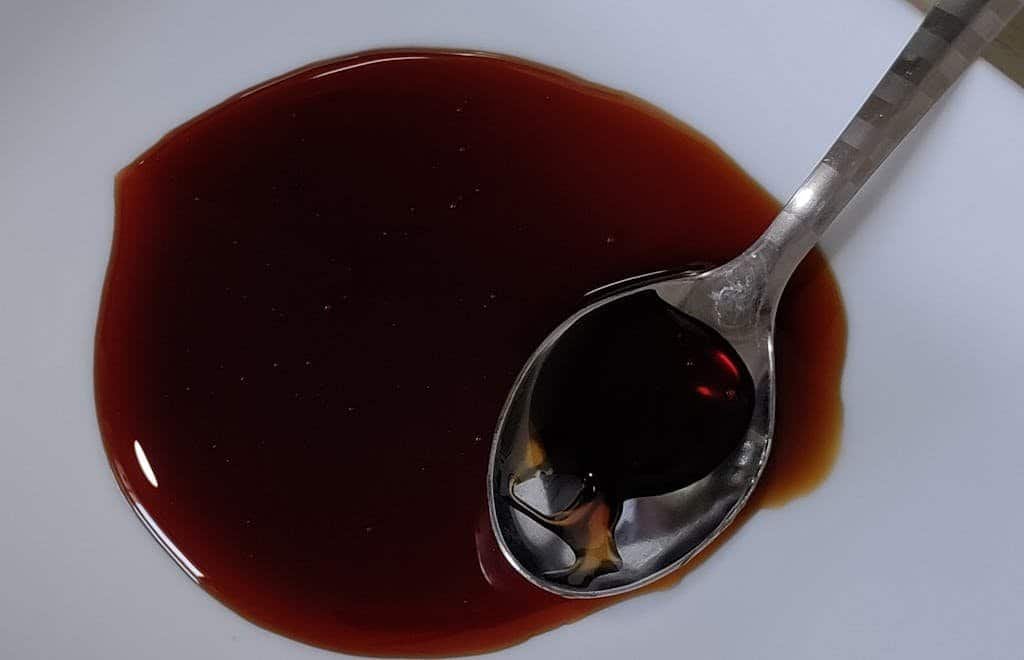
When it comes to Asian cuisines, there are specific ingredients that just can’t be swapped out. Using quality soy sauce makes a world of difference – I learned this the hard way when I tried using a cheap brand for my fried rice and ended up with a bland dish. Fish sauce might seem a bit intimidating at first, but it adds a rich umami flavour that completely transforms Southeast Asian recipes.

Garam masala is your ticket into Indian cooking, but making your own blend can really elevate your dishes. The same goes for Chinese five-spice, while the pre-made versions are fine, freshly ground spices create a much more complex flavour profile. I like to keep whole spices on hand and grind small amounts as needed.

Fresh ingredients are incredibly important too. Using the right basmati rice for Indian dishes, bomba rice for paella, or arborio for risotto isn’t just a marketing gimmick. The different grain structures really affect the texture and how flavours are absorbed. I spent years puzzled over why my paella turned out mushy until I finally discovered the right rice variety.

Acids also vary from one cuisine to another. Italian cooking often relies on good wine vinegar, while Asian dishes typically use rice vinegar, and Latin American recipes prominently feature lime juice. Each of these brings its own unique flavour profile that perfectly complements the respective cuisine styles.
Fats are equally important. Olive oil for Mediterranean cooking, sesame oil for Asian dishes, ghee for Indian food, and lard for authentic Mexican cooking. Each fat carries flavours differently and affects the final dish character significantly.
Essential pantry items:
- Cumin seeds for that fresh ground flavour
- Smoked paprika to elevate your Spanish recipes
- Premium soy sauce for authentic Asian cooking
- Fish sauce to bring true Southeast Asian authenticity to your meals
Which Cooking Techniques Are Essential for International Dishes?
Mastering the basics of cooking can truly unlock world cuisines. Take stir-frying, for instance—it might look easy, but achieving that perfect wok hei (or “breath of the wok”) demands some serious heat and impeccable timing. I remember my first attempts were more like steamed veggies doused in soy sauce—edible, sure, but definitely not the real deal. It’s all about high heat, swift movements, and getting everything prepped just right.
Braising is another technique that pops up in various cultures, each with its own twist. Think about French pot-au-feu, Italian osso buco, Chinese red-cooking, and Mexican carnitas—they all share similar cooking principles but boast different flavour profiles. Once you grasp how moisture, temperature, and timing work together, you can seamlessly adapt these techniques across different cuisines.
And let’s not forget fermentation, which deserves a spotlight of its own for the incredible flavours it brings to the table. From Korean kimchi to German sauerkraut, Indian idli, and Middle Eastern pickles, all these rely on controlled fermentation. I was pretty intimidated by the idea of making kimchi at first, but it turns out to be quite forgiving once you get the hang of the salt ratios.
When it comes to bread-making, the variations are astounding. Italian pasta dough, Indian chapati, French baguettes, and Mexican tortillas all require different techniques, even though they start with similar ingredients. The way you develop gluten, manage hydration levels, and choose cooking methods can lead to vastly different textures and flavours.
Now, sauce-making is where you can really showcase your skills. French mother sauces lay the groundwork, but Asian stir-fry sauces, Indian curry bases, and Mexican moles each call for their own unique approaches. Mastering emulsification, reduction, and the balance of seasoning can completely elevate your cooking.
Lastly, grilling and roasting techniques differ from culture to culture as well. Japanese yakitori demands precise temperature control and timing, while Argentine asado is all about selecting the right wood and slow cooking. Middle Eastern kebab techniques focus on marinades and spice crusts. Each method brings out distinct flavour profiles, even when using similar cooking techniques.
Temperature control is what sets apart good international cooking from truly great cooking. For instance, tempura demands that the oil is at just the right temperature. Risotto, on the other hand, thrives on gentle, steady heat. And when it comes to stir-frying, you need to crank up the heat to the max. By grasping these nuances, you can easily adapt your cooking techniques to work well in your own kitchen.
Recommended equipment:
- A carbon steel wok for authentic Asian dishes
- A Dutch oven for braising various cuisines
- A digital thermometer for spot-on temperature control
How Do You Start Your Journey Through World Cuisines?
Starting your journey into international cooking can feel a bit daunting, but honestly, the best way to tackle it is by diving into some simple, forgiving recipes. I always suggest starting with dishes that use techniques you’re already familiar with while introducing some exciting new flavour combinations. Fried rice is a great example – you likely know how to scramble eggs and cook rice, so you’re already halfway there!
Choose one cuisine that truly excites you and really explore it instead of hopping around from one to another. If you’re a fan of spicy food, immerse yourself in Thai or Mexican cooking. If comfort food is more your style, Italian or French cuisine could be the way to go. This focused approach helps you build confidence and understanding much more effectively than scattered attempts.
Begin with one-pot dishes since they tend to be more forgiving and require fewer specialised techniques. Think Indian dal, Spanish paella, Japanese curry, or Moroccan tagines – all of these teach you fundamental cooking principles while delivering delicious meals. Plus, if something doesn’t go exactly as planned, the flavours usually meld together nicely anyway.
Gradually build your spice collection instead of buying everything at once. Opt for recipes that use common ingredients so you’re not splurging on pricey spices for just one dish. Cumin, for instance, works well in Mexican, Indian, and Middle Eastern recipes. Ginger pops up in Asian, Indian, and some African cuisines. This way, you keep costs down while expanding your culinary versatility.
Don’t hesitate to make substitutions at first. While authentic ingredients are important for advanced cooking, mastering basic techniques with what you have on hand can really boost your confidence. I’ve made “Italian” dishes with regular onions before I discovered shallots, and while shallots are definitely better, the core techniques stayed the same.
When cooking international dishes, make it a habit to practice mise en place. Having everything prepped, measured, and ready to go makes tackling complex recipes so much easier. Trying to whip up a stir-fry or curry while chopping vegetables can turn into a chaotic mess. This French technique really is a game-changer in the kitchen!
Consider starting a cooking journal to keep track of what works and what doesn’t. I really wish I had done this sooner! It’s tough to remember all those little spice tweaks or timing changes after experimenting with several recipes. Jot down successful substitutions, your favorite spice levels, and any personal adjustments for future reference.
What Are the Healthiest World Cuisines to Incorporate?

Mediterranean cuisine is often hailed as one of the healthiest in the world, and after my time in Greece, I can totally see why. The mix of olive oil, fresh veggies, fish, and a bit of wine creates a lifestyle that feels more like a celebration than a strict diet. And let’s be honest, the food is downright delicious—eating healthy shouldn’t feel like a chore!

Then there’s Japanese cuisine, which is famous for its longevity benefits, especially the traditional Okinawan diet. With its small portions, an abundance of vegetables, fish, and fermented goodies like miso, it naturally offers balanced nutrition. The idea of “hara hachi bu”—stopping when you’re 80% full—makes so much sense once you give it a shot, even if it took me a while to really get the hang of it.
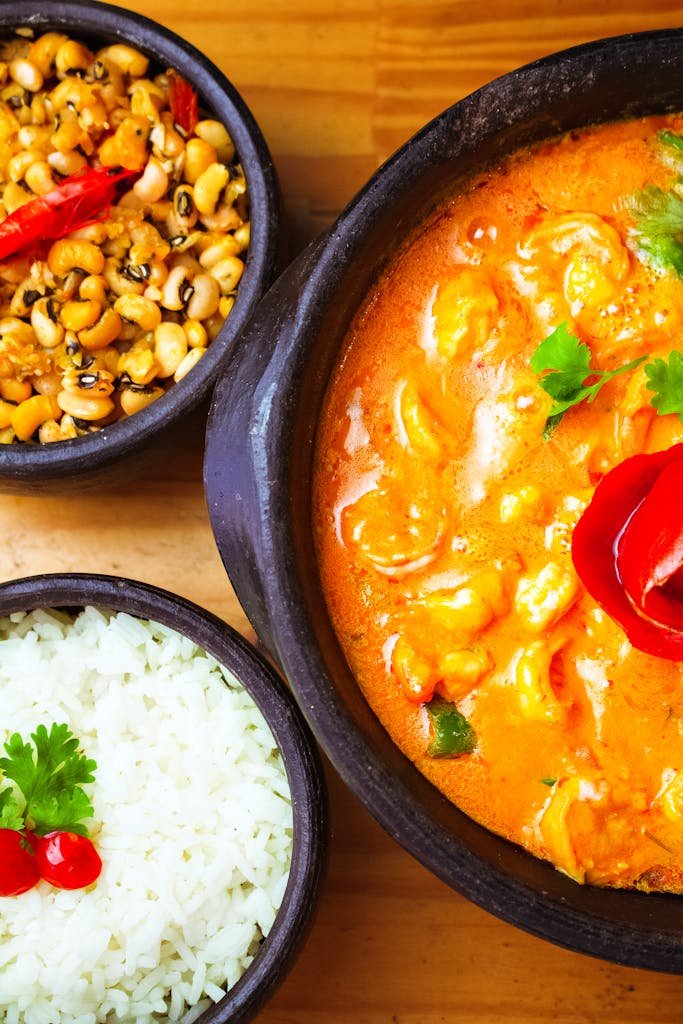
Indian vegetarian cooking is a treasure trove of nutritious plant-based meals. By pairing legumes with grains, you get complete proteins, and spices like turmeric bring in some fantastic anti-inflammatory perks. I learned how to whip up a proper dal, and honestly, it was way more satisfying than I anticipated—the protein and fiber keep you feeling full for hours!
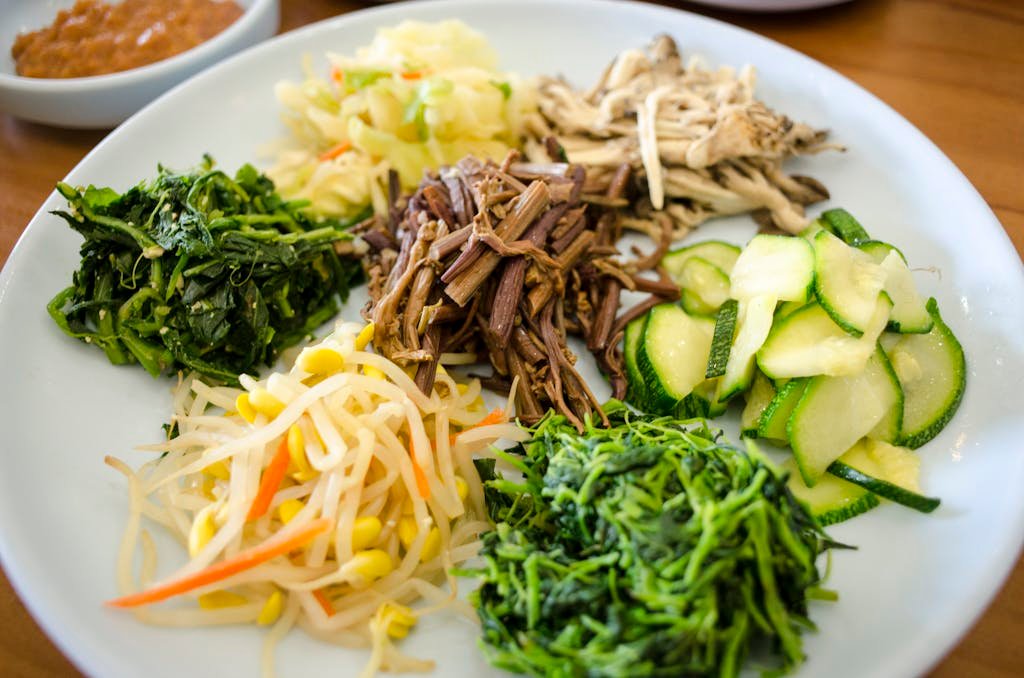
Korean cuisine shines with its focus on fermented foods that are great for gut health. Kimchi, miso, and other fermented veggies not only add probiotics but also pack a punch in the flavor department. The Korean tradition of banchan (side dishes) ensures you get a variety of nutrients at every meal, which is such a smart approach.

Middle Eastern cuisine makes great use of nuts, seeds, and olive oil, offering healthy fats that are often lacking in Western diets. Dishes like hummus, baba ganoush, and tabbouleh are not just nutritious; they taste amazing too. Plus, the fresh herbs like parsley and mint bring in vitamins and a burst of freshness.
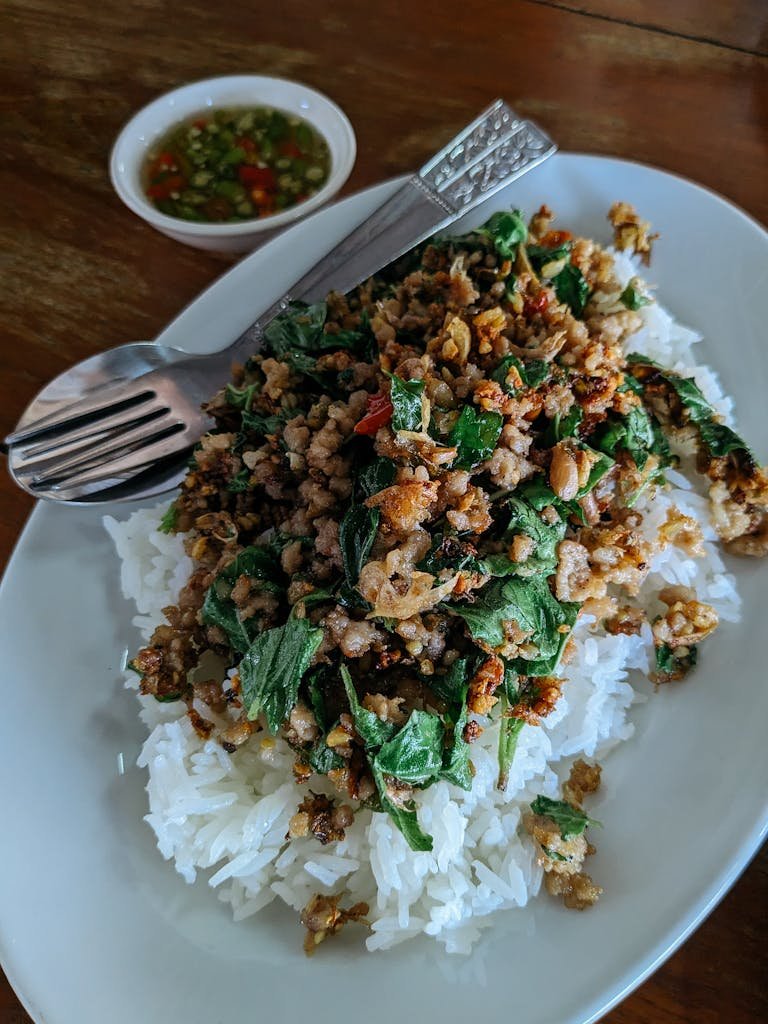
Thai cuisine is all about balancing sweet, sour, salty, and spicy flavours while loading up on veggies and herbs. Take tom yum soup, for example—it combines prawns with lemongrass, lime, and chillies for a low-calorie, nutrient-packed meal. The generous use of fresh herbs means you’re also getting a good dose of antioxidants and vitamins.
Even the world cuisines that are often seen as “heavy” can surprise you with their healthy options when made the right way. Take German sauerkraut, for instance—it’s packed with probiotics and vitamin C. Then there’s Mexican cuisine, which makes great use of beans, offering a fantastic source of protein and fiber. French cooking techniques, like poaching and steaming, not only keep the nutrients intact but also result in beautifully presented dishes.
Here are some healthy international ingredients to keep in your pantry:
- Miso paste for that rich Japanese umami flavour and probiotics
- Extra virgin olive oil, a staple for Mediterranean dishes
- Turmeric, known for its anti-inflammatory properties
- Kimchi, a quick and easy way to enjoy fermented veggies
How to Find and Adapt Authentic International Recipes?
Finding truly authentic recipes means looking beyond the usual food blogs and celebrity cookbooks. I’ve discovered that the best gems often come from cookbooks penned by home cooks who share their cultural heritage, rather than professional chefs who tweak dishes for Western tastes. These authors really get the cultural nuances and family traditions that make each dish unique.
YouTube channels hosted by home cooks from diverse backgrounds offer amazing insights. You can actually see the techniques in action, get a feel for the right consistency, and grasp timing in ways that written recipes just can’t capture. I learned more about making roti by watching Indian home cooks than I ever did from years of following cookbook instructions.
Local ethnic grocery stores can be a treasure trove of information. The staff often have a wealth of knowledge about authentic recipes and can point you to the right ingredients or good substitutes. Building relationships with these shop owners has taught me more about genuine cooking than many formal resources ever could.
When you’re adapting recipes to fit local ingredients, aim to keep the flavour balance rather than sticking to exact ingredient matches. If you can’t find Mexican chillies, look into their heat level and flavour profile, then pick local peppers that share similar traits. The dish might not be an exact replica, but it will still capture the essence.
Make sure to test recipes several times before deciding they’re a flop. My first try at making a proper Indian curry was a total mess because I didn’t grasp the concept of blooming spices or how long caramelisation takes. The second attempt was an improvement, and by the third, I finally got the hang of it. Authentic cooking often hinges more on mastering techniques than on having the perfect ingredients.
Keep a detailed record of your adaptations. When a substitution works out well, jot it down for future reference. If it doesn’t, take note of why so you can make smarter choices next time. I maintain a notebook dedicated to international recipe tweaks and successful ingredient swaps.
Seasonal availability plays a huge role in the authenticity of dishes. Many traditional recipes have been crafted around local growing seasons and the methods of preservation that come with them. By understanding these relationships, you can truly appreciate why certain ingredients are paired together and how to time your cooking for the best outcomes.
For reliable recipe sources, check out:
- Maangchi for genuine Korean recipes
- Made In India by Meera Sodha
- Mexico: The Beautiful Cookbook for authentic regional Mexican dishes
What Kitchen Equipment Do You Need for World Cooking?
You don’t have to completely overhaul your kitchen to whip up international dishes, but having the right tools can really simplify authentic cooking techniques. For instance, a good wok has completely changed my Asian cooking game—the unique shape and heat distribution create textures that just aren’t possible with regular pans. While carbon steel is ideal for high-heat stir-frying, it does need some care and seasoning to keep it in top shape.
A sturdy Dutch oven is perfect for braising, stewing, and slow-cooking across various cuisines. Whether you’re making French pot-au-feu, Moroccan tagines, Indian curries, or Mexican moles, the even, gentle heat it provides is perfect. I find myself reaching for mine all the time when trying out international recipes.
When it comes to knives, quality trumps quantity. A sharp chef’s knife can tackle most cutting tasks across different world cuisines, while a small paring knife is great for those intricate prep jobs. Japanese cooking often calls for specialised vegetable knives, but you can still achieve fantastic results with good Western knives if you take care of them.
Using spice grinders or mortar and pestles can boost your spice game, giving you fresher, more aromatic blends than pre-ground options. I started with a coffee grinder just for spices and later upgraded to a granite mortar and pestle. The difference in texture with hand-ground spices is truly impressive, especially for Indian and Middle Eastern dishes.
Steamer baskets or bamboo steamers can really expand your Asian cooking repertoire. They’re essential for dim sum, fish, and veggies, making steaming a breeze. Bamboo steamers are affordable and work wonderfully for most home cooking needs.
While specialty pans like paella pans, crepe pans, or tortilla presses aren’t must-haves right away, they can make certain dishes much easier once you dive into specific world cuisines. It’s best to start with versatile tools and then add those specialty items as your culinary interests and skills grow.
Rice cookers really deserve a shout-out because getting the right rice texture is crucial in Asian cooking. Sure, you can whip up rice in a regular pot, but a dedicated rice cooker delivers consistent results and clears up your stovetop for other dishes. If you find yourself cooking rice often, this investment will pay off in no time!
Essential equipment:
| Equipment | Best For | Alternatives |
|---|---|---|
| Carbon Steel Wok | Asian stir-frying | Large non-stick pan |
| Dutch Oven | Braising, stewing | Heavy casserole dish |
| Spice Grinder | Fresh spice blends | Mortar and pestle |
| Rice Cooker | Perfect Asian rice | Heavy-bottomed pot |
How Do You Respect Cultural Heritage While Exploring Cuisines?
Navigating the line between cultural appreciation and appropriation in cooking takes some thought, but I truly believe that a genuine sense of respect and curiosity can guide you in the right direction. The trick is to approach the foods of other cultures with an open heart and a willingness to learn, rather than acting like you know it all or trying to “improve” on traditional recipes.
Take the time to learn about the cultural background of the dishes you’re diving into. Understanding why certain ingredients work together, how meals are structured, or what occasions certain dishes are meant for can really deepen your appreciation. This knowledge not only enhances your cooking experience but also shows respect for the traditions you’re engaging with.
Support authentic restaurants and food businesses that represent the cultures you’re interested in. Whenever you can, shop at ethnic grocery stores, dine at restaurants owned by people from those cultures, and seek out advice from knowledgeable individuals instead of just relying on mainstream cookbooks or websites.
Be open to feedback if someone from that culture offers corrections or suggestions. I’ve gained so much from friends and acquaintances who have shared family recipes or pointed out ways I could improve my technique. These conversations are invaluable—they not only enhance your cooking but also deepen your cultural understanding.
Take a moment to think about the bigger picture when it comes to where your ingredients come from. Many traditional ingredients are facing sustainability challenges because of the rising global demand. By grasping these issues, you can make smarter choices about when to go for authentic ingredients and when to opt for suitable alternatives.
Keep in mind that every cuisine is always evolving, and home cooks are constantly tweaking recipes. You don’t have to stick to the exact methods of someone’s grandmother; instead, understanding the basics allows you to make thoughtful adaptations that respect the original spirit while catering to your own tastes and the ingredients you have on hand.
Cultural cooking resources:
- The Immigrant Cookbook for authentic family recipes
- Tasting History YouTube channel for historical context
Your Delicious Journey Awaits
Diving into world cuisines has truly been one of the most fulfilling journeys of my life. From that unforgettable first taste of pad thai to mastering the art of French mother sauces, every new cuisine has offered me invaluable lessons about cooking, culture, and connection.
The magic of international cooking isn’t just about adding new recipes to your collection; it’s about cultivating a deeper appreciation for the amazing diversity of human creativity. Each technique you learn, every spice blend you discover, and every dish you successfully whip up helps to bridge cultural gaps and enriches your everyday life in ways you can’t even imagine.
Keep in mind that this adventure isn’t about being perfect or cooking like a top chef from every corner of the globe. It’s all about curiosity, respect, and the thrill of discovery. Sure, some of my experiments have flopped spectacularly – and I mean spectacularly! – but each misstep has taught me something valuable and brought me closer to grasping authentic techniques and flavours.
Start with small steps, be kind to yourself, and don’t hesitate to ask questions or seek advice from those who are well-versed in these cuisines. The global food community is usually warm and eager to share their knowledge with those who are genuinely interested.
And most importantly, share your culinary discoveries with others! Cook up international dishes for your friends and family, share the stories behind the recipes, and inspire them to embark on their own culinary journeys. Food has a unique way of bringing people together, and your passion for world cuisines can create beautiful connections and lasting memories.
So, which cuisine will you dive into first? I’d love to hear about your adventures, your triumphs, and even those epic fails in the comments below. After all, we’re all in this delicious journey around the world together!

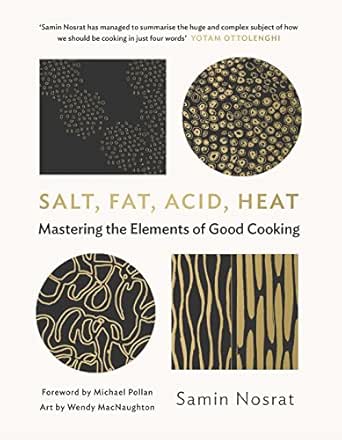
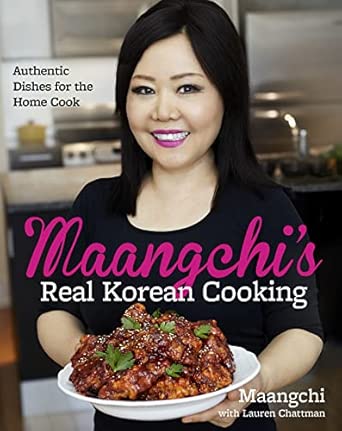
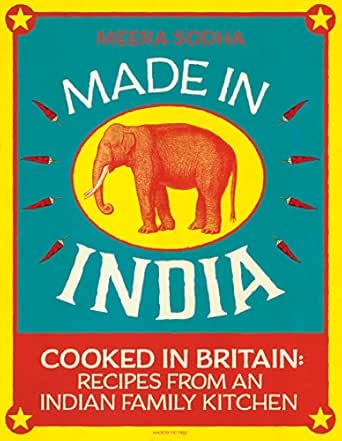

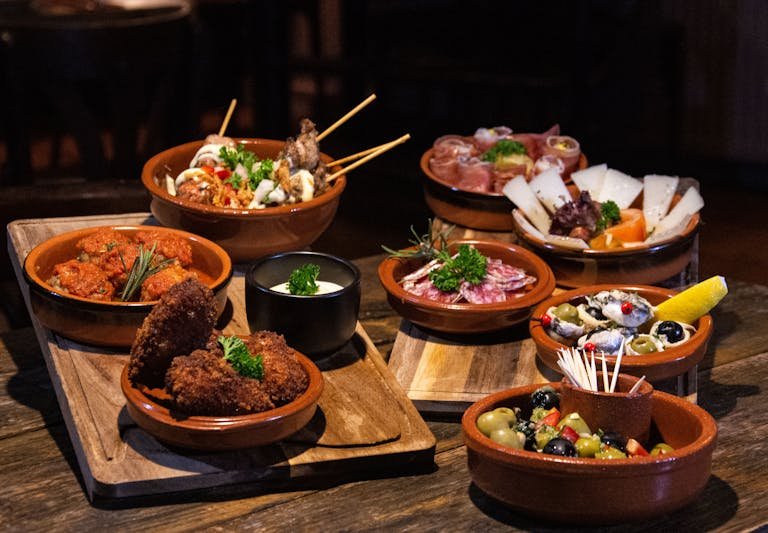
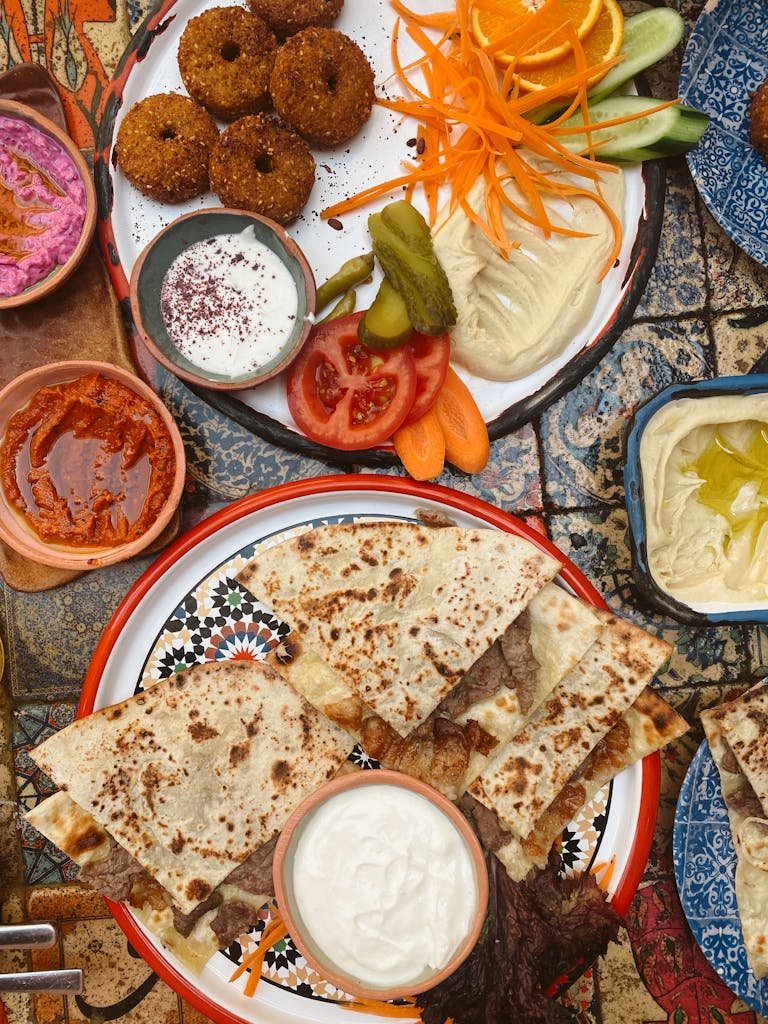

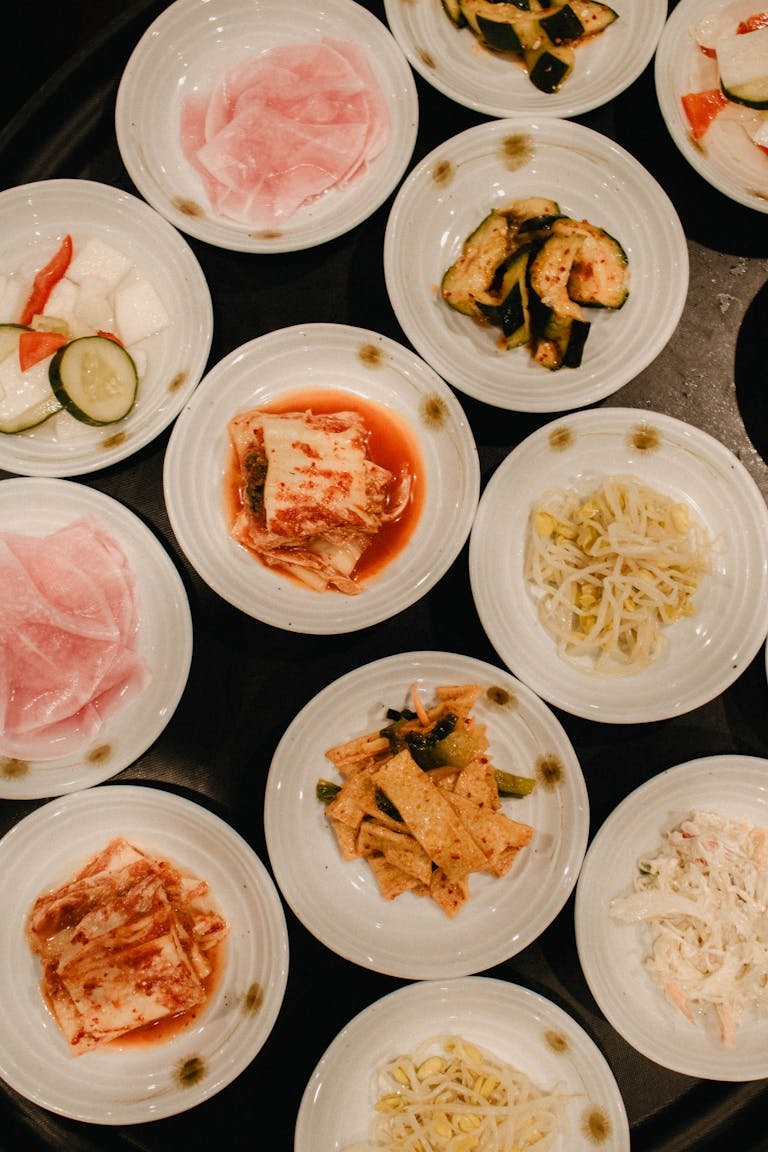
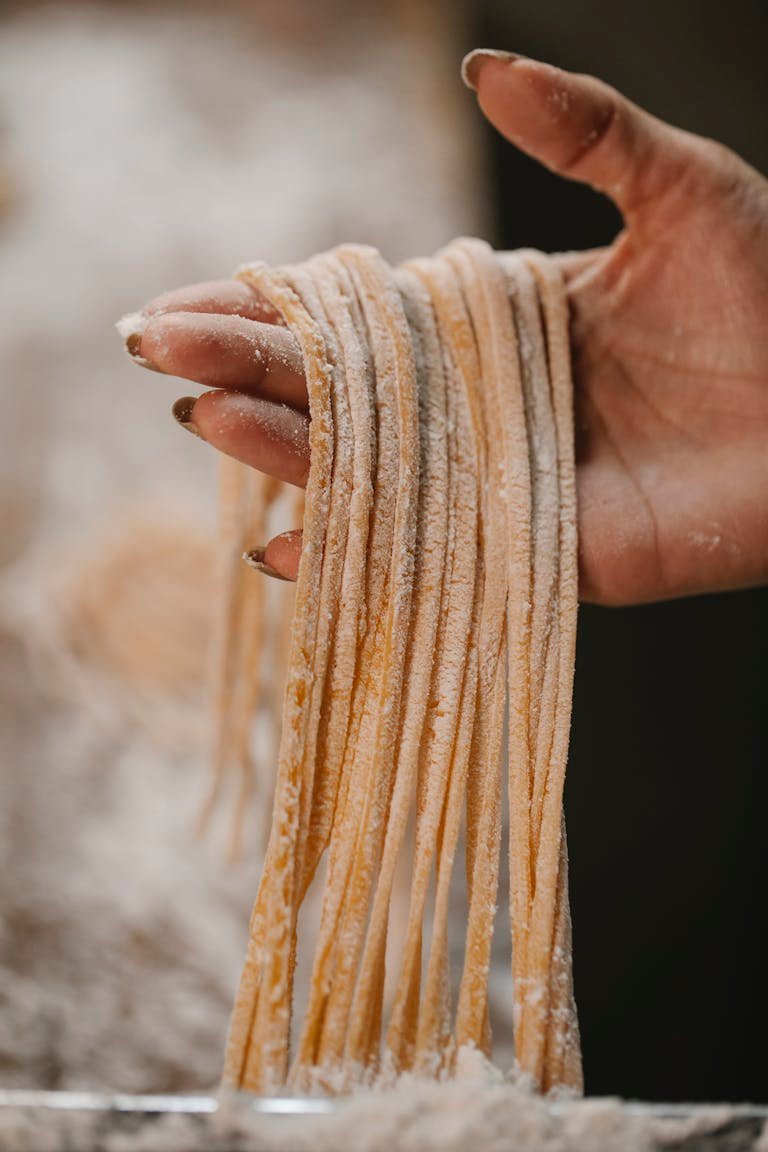
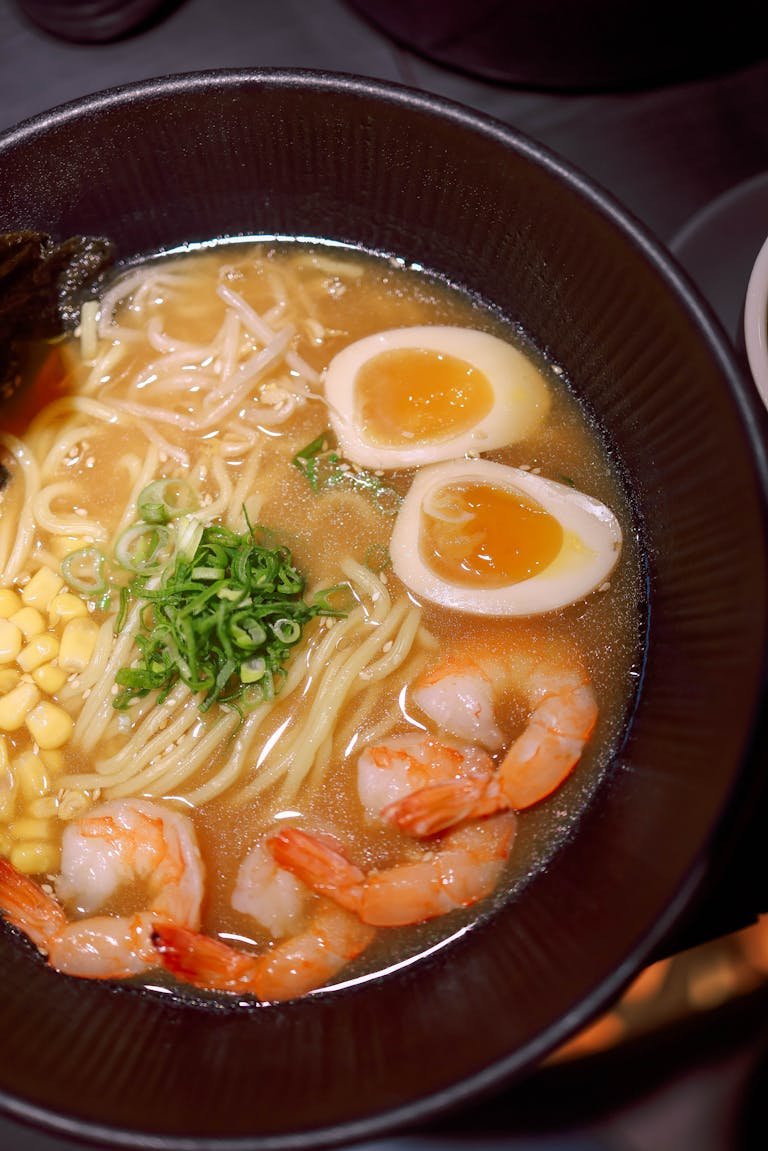
Very well presented. Every quote was awesome and thanks for sharing the content. Keep sharing and keep motivating others.